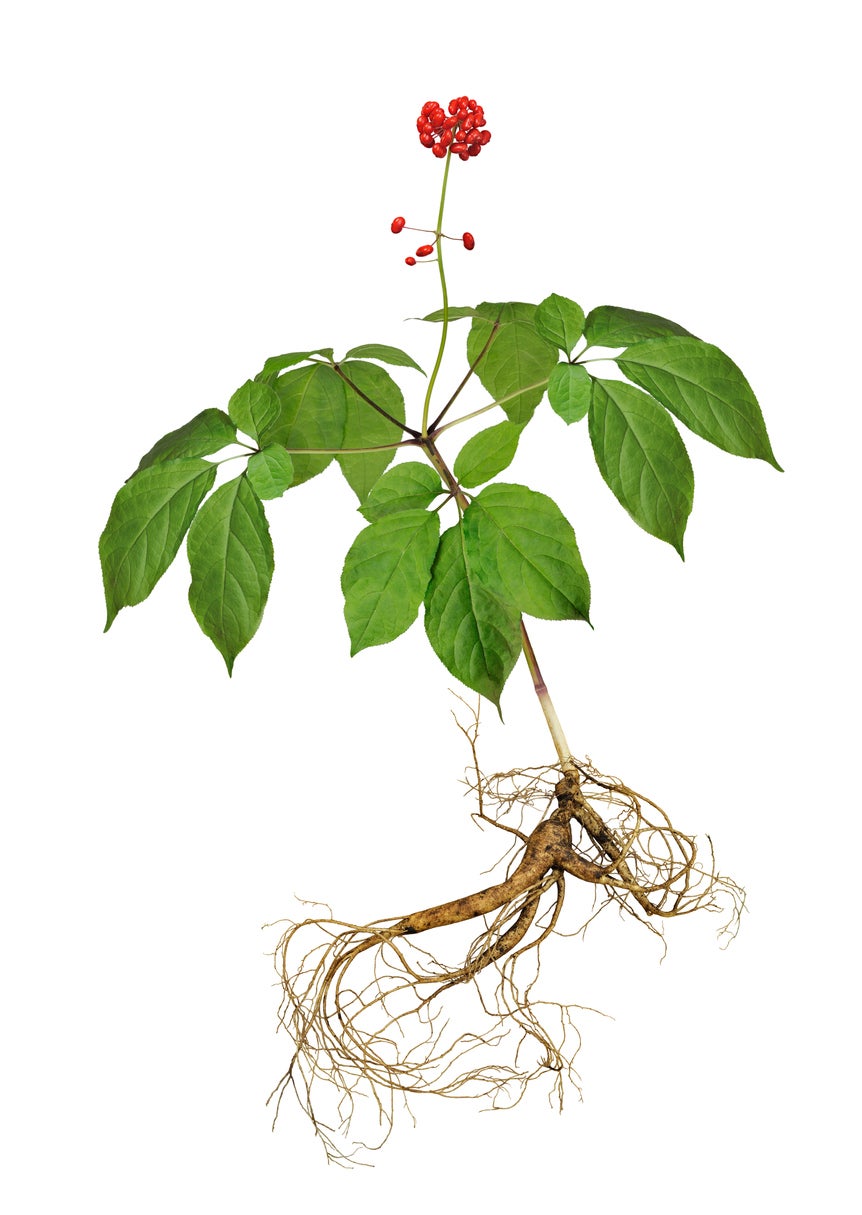Is Ginseng Edible – Information On Edible Ginseng Plant Parts


with Teo Spengler
Ginseng (Panax sp.) is an extremely popular herb, with medical uses dating back many hundreds of years. The plant has been a valuable herb in the United States since the days of the early settlers, and today is outsold only by ginkgo biloba. Is ginseng edible though? Read on to learn more.
Edible Parts of Ginseng
Can you eat ginseng? The herb’s therapeutic uses are widely studied but most claims of the herb’s curative qualities are unsubstantiated. Although some feel that the reputed health benefits of ginseng root have not been scientifically proved, the general consensus is that eating ginseng is perfectly safe in most cases. In fact, edible ginseng is incorporated into products ranging from tea and energy drinks to snack chips and chewing gum.
A common way to use ginseng is to boil or steam the root to make tea. Boil it a second time and the root is good to eat. It’s also good in soup. Add slices of ginseng root to your simmering soup and let it cook for a few hours. Then you can either mash up the slices into the soup or remove them when they are soft and eat them separately. You don’t even have to cook it, you can also eat the root raw.
Many people use only the ginseng root for tea, which is purported to relieve stress, maintain stamina, increase focus, and boost immunity. Others say tea made from ginseng leaves soaked in boiling water is just as effective as the root. You can purchase loose ginseng leaves or teabags in most herbal stores.
Ginseng leaves are used in many Asian soups as well, often steamed with chicken or combined with ginger, dates, and pork. The leaves can be eaten fresh, although they reportedly have a somewhat odd, unpleasant flavor akin to bitter radishes.
Ginseng berry juice concentrates are available in specialty stores and online. The concentrate is usually added to tea and often sweetened with honey. It’s safe to eat raw berries too, which are said to be mildly tart but rather flavorless.
Sign up for the Gardening Know How newsletter today and receive a free copy of our e-book "How to Grow Delicious Tomatoes".
Tips on Eating Ginseng Safely
Is ginseng safe to eat? Ginseng is usually considered safe to eat. However, don’t overdo it when eating ginseng, as the herb should be used only in moderation. Ingesting large amounts may trigger side effects such as heart palpitations, agitation, confusion, headaches, and sleep problems in some people.
It isn’t advisable to use ginseng if you are pregnant, breastfeeding, or going through menopause. Ginseng also shouldn’t be eaten by people with low blood sugar, high blood pressure, heart problems, or those who take blood thinning medications.
Disclaimer: The contents of this article are for educational and gardening purposes only. Before using or ingesting ANY herb or plant for medicinal purposes or otherwise, please consult a physician, medical herbalist, or other suitable professional for advice.

A Credentialed Garden Writer, Mary H. Dyer was with Gardening Know How in the very beginning, publishing articles as early as 2007.